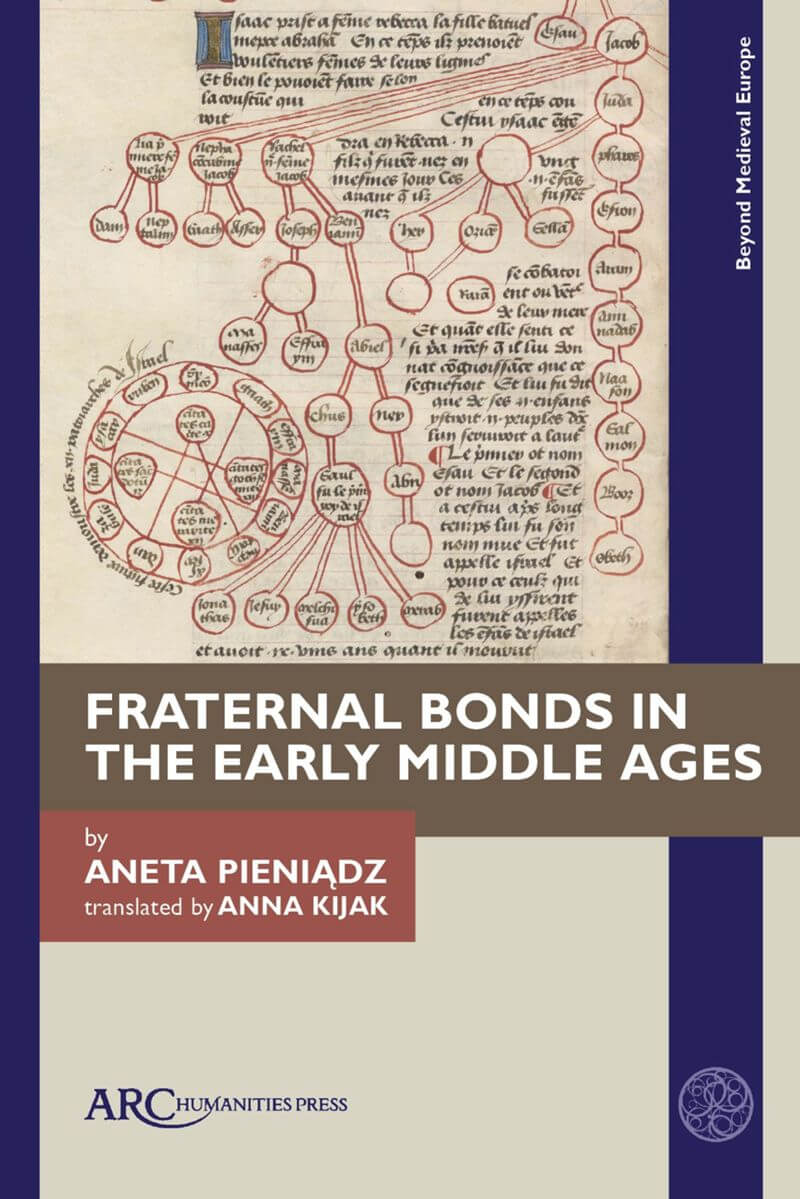
Fraternal Bonds in the Early Middle Ages
The problem of fraternal relations in the early Middle Ages has not been hitherto studied in detail, especially in comparison with the multitude of studies dealing with the models of marriage, gender-based social roles, or the relations between generations. Historians have been often prone to assume that relations between siblings in European culture were naturally constant, based on loyalty, solidarity, and readiness to act in the common interest, stemming from blood ties. However, this conviction equates the category of brotherhood/fraternitas used by medieval authors with concepts associated with sources from later periods. This study does not concern narrowly defined family history, but is an attempt to examine fraternal relations in the early Middle Ages as a multidimensional cultural phenomenon. As the author seeks to demonstrate, it is difficult to speak of kinship in the ninth century and later without being aware of the religious and ideological implications of the transformations taking place at the time, even if direct traces of the impact of moralizing and theological teachings on the conduct of individuals are hard to capture in the sources.